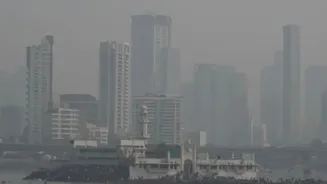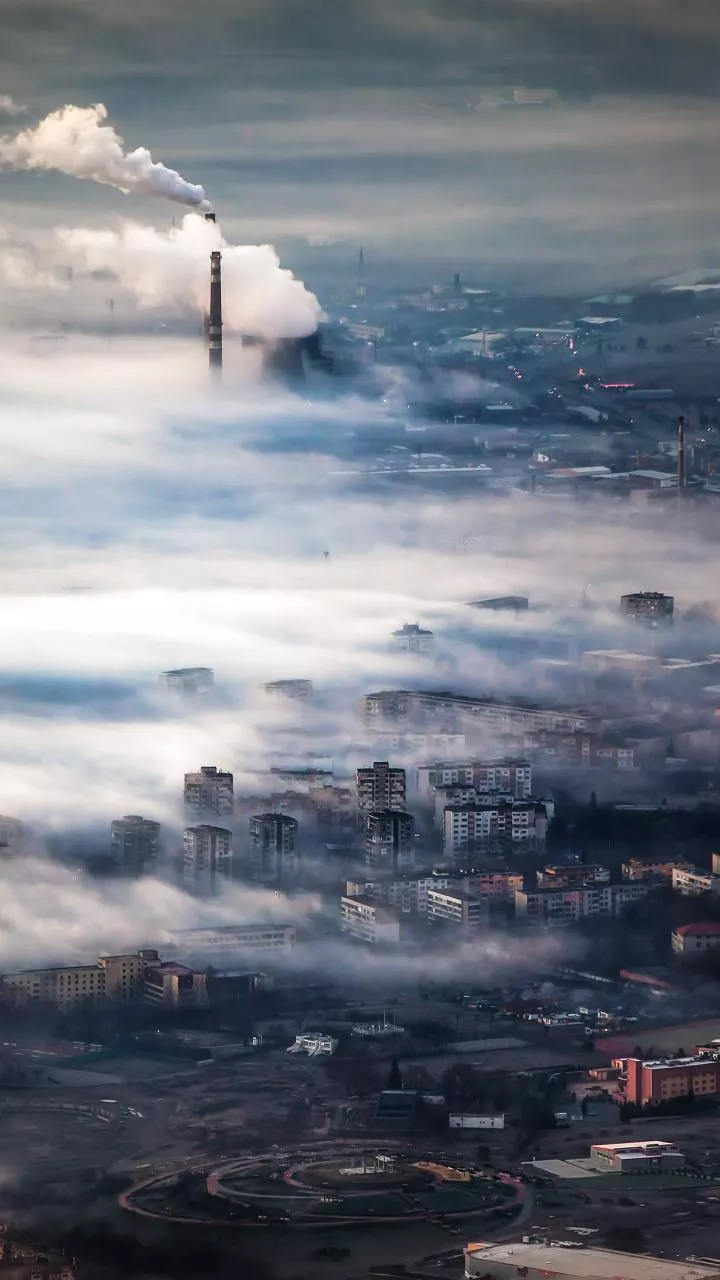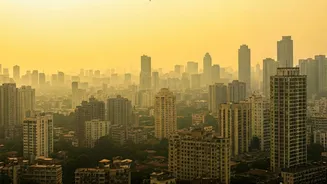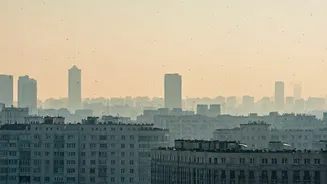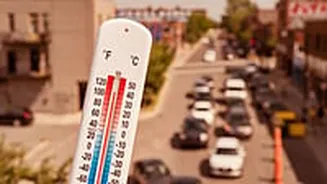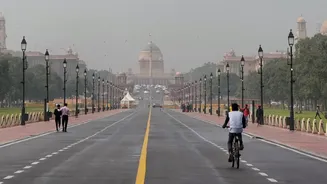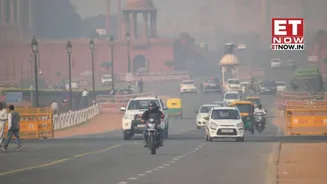The day after Diwali, Mumbai's air quality index (AQI) plunged to the 'very poor' category in several regions on Tuesday (October 21). As people celebrated
Diwali, bursting firecrackers amid a slowdown in wind patterns as winter is approaching, Mumbai's air quality worsened. On Tuesday morning, the system registered 217 AQI in Mumbai, which is a significant increase from the 187 AQI recorded on Monday. While the Air Quality Early Warning System recorded the highest AQI reading, 341, at the India Meteorological Department’s (IMD) Colaba station at 5 am. Also Read: Delhi Breathes Toxic Air Post-Diwali: 36 of 38 AQI Stations in 'Red Zone' People woke up to a thin layer of smog across the city post Diwali. According to visuals shared by PTI, Haji Ali Dargah was seen covered under a blanket of smog.
VIDEO | Mumbai: Air quality dips in the country's financial capital.
Visuals from Haji Ali Dargah show a hazy sky with a thin layer of smog reducing visibility across the city.#MumbaiAirQuality #HazySkies
(Full video available on PTI Videos – https://t.co/n147TvrpG7) pic.twitter.com/3oN0Nr1vfV— Press Trust of India (@PTI_News) October 21, 2025
While the Dadar Beach area in Mumbai also witnessed a thin layer of smog, reducing visibility across the city.
#WATCH | A thin layer of smog witnessed in the Dadar Beach area in Mumbai, Maharashtra. pic.twitter.com/hnfU17elj0
— ANI (@ANI) October 21, 2025
Areas reporting high AQI levels
- Colaba: 341
- Bhayandar West: 272
- BMC Shastri Garden: 270
- CBD Belapur: 258
- Nerul Navi Mumbai: 256
- Kherwadi Bandra East: 237
- Byculla: 262
- Bandra Kurla Complex: 242
- Powai: 239
- Kandivali West: 229
- Chembur: 208
- Mindspace Malad West: 204
- Kalamboli Navi Mumbai: 201
How is AQI calculated?
- Good AQI: 0-50
- Satisfactory: 51-100
- Moderate: 101-200
- Poor: 201-300
- Very poor: 301-400
- Severe: 401-500
If the area witnesses 'good' AQI, it will have minimal impact, while 'satisfactory' AQI can cause minor breathing discomfort to sensitive people. 'Moderate' AQI can cause breathing discomfort to people with lung diseases, asthma or heart diseases. If a 'poor' AQI is recorded, it can cause breathing discomfort to most people on prolonged exposure.
'Very poor' AQI causes respiratory illness on prolonged exposure, while 'severe' AQI affects healthy people too.
